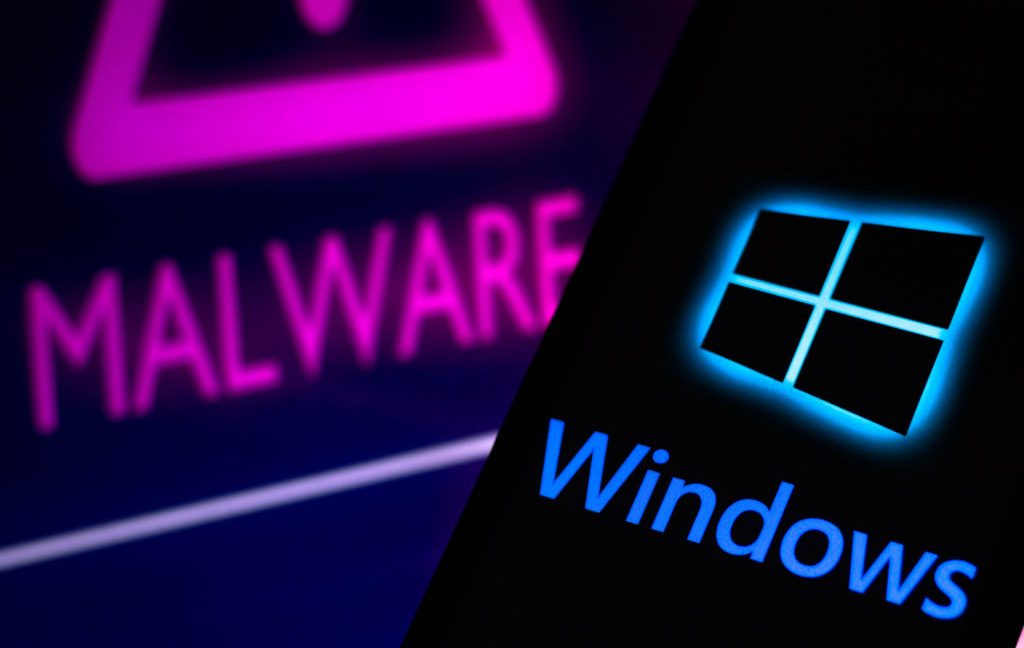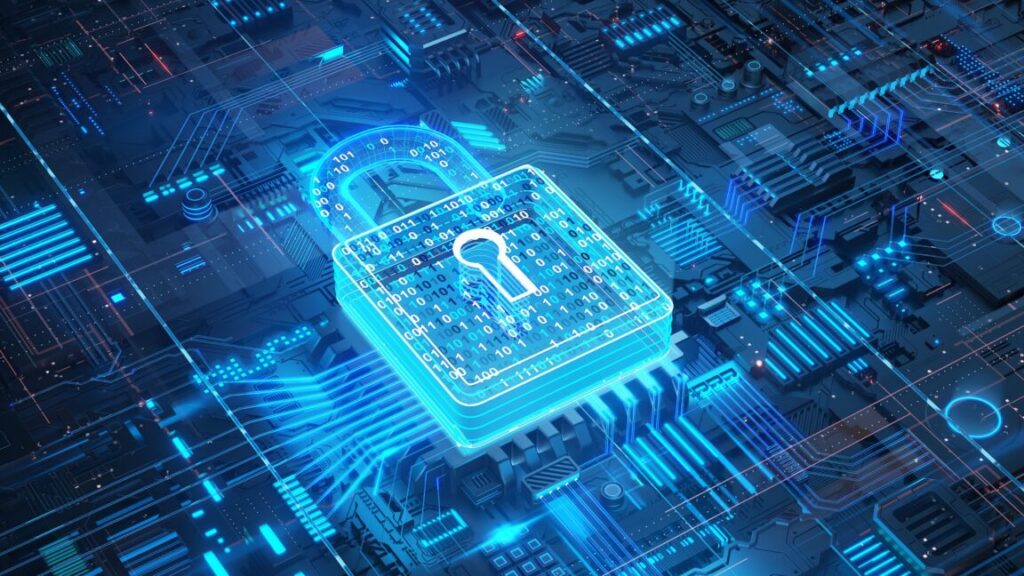Musk and Trump both went to Penn—now hacked by someone sympathetic to their cause
Once that information was taken, the hacker sent an email to numerous members of the Penn community. It had the subject line “We got hacked (Action Required),” and it called the school “a dogshit elitist institution full of woke retards.” It went on to claim that the school is “completely unmeritocratic” and that “we hire and admit morons because we love legacies, donors, and unqualified affirmative action admits.”
Sounds political! But the hacker contacted the site Bleeping Computer and said that the real goal was Penn’s “vast, wonderfully wealthy donor database” and that, “while we’re not really politically motivated, we have no love for these nepobaby-serving institutions.” (Among the donors? Elon Musk, who has endowed the Elon Musk Public Lecture at Penn.)
That “denial” of political motivations also sounds pretty political, and there’s precedent for such actions against educational institutions. Columbia University, for instance, was hacked this summer by a “highly sophisticated ‘hacktivist’ who had gained access to private student records in an attempt to further a political agenda,” according to the Associated Press.
It’s always hard to know how much of this “hactivist” activity is truly motivated private actors, however, as opposed to nation-states disguising their own attempts to steal data and to create political disruption.
In response, Penn has called in the FBI and the private company CrowdStrike, while a Penn alumnus has already sued the school for negligence. Penn workers can look forward to “additional mandatory trainings” to prevent similar breaches in the future.
Musk and Trump both went to Penn—now hacked by someone sympathetic to their cause Read More »












